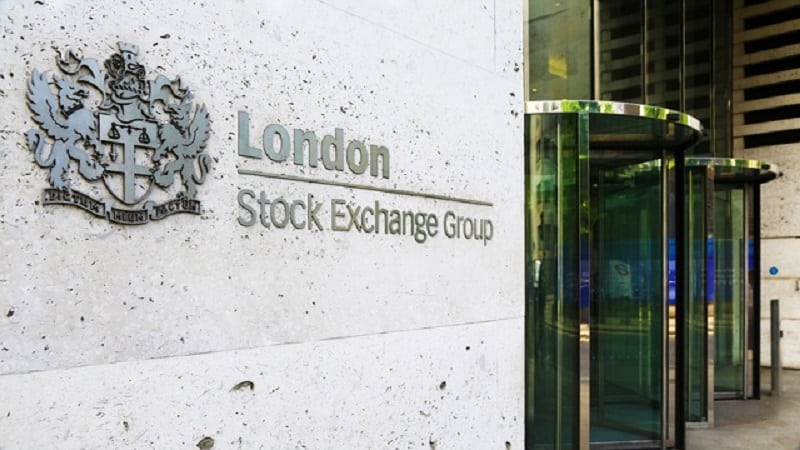By Andrew Swan, head of Asia (ex-Japan) equities at Man Group
Judging by the jolt to stockmarkets when it was first unveiled, the dramatic emergence of DeepSeek came as a shock to most investors. But it could be argued this was a breakthrough that markets should have seen coming.
While the world has fixated on the prospect of fiscal stimulus in China and the (now realised) threat of tariffs, the country’s industrial technology sector has been developing rapidly. Facing tightening constraints from US sanctions, China has been seeking self-sufficiency in a range of areas, from artificial intelligence to automation and robotics.
In this context, DeepSeek’s eureka moment could be seen as little more than the firing of a starting pistol. To date, the AI story has been chiefly an upstream one (ergo: semiconductors) with a narrow band of stocks dominating the narrative and revenue.
While investors have fretted over the likelihood of the hyperscalers seeing a return on the capex lavished on chips and datacentres, DeepSeek’s emergence confirms that the next phase will see the rapid integration of AI in consumer devices – providing a key catalyst for technology hardware companies to grow revenues and margins for the first time in several years.
Since Covid, the earnings potential of many companies in the technology complex has been weighed down by the lack of incentive for consumers and businesses to upgrade their devices and hardware.
Functionality has plateaued as innovation has stalled, precipitating fiercer competition as more companies have identified opportunities to cheaply manufacture increasingly commodified hardware, eroding profits and returns.
The launch of new AI-integrated products, however, will help drive a new product cycle for the tech hardware sector, as the step-change in new device functionality from AI helps release pent-up upgrade demand.
This is not just a China-centric story. Tech hardware manufacturing is disproportionately skewed to companies based across Asia, with countries such as Taiwan and South Korea home to some of the world’s largest companies operating both upstream and downstream (eg smartphone components).
Additionally, the need for higher-quality inputs to integrate common AI features (improved virtual assistance and real-time speech recognition and translation, for instance) may allow components manufacturers the opportunities to improve profitability as their product mix shifts to higher margin products.
Companies able to align with the new product cycle will enjoy pricing power at a time when profitability has been low and share prices have been depressed. With exciting new products poised to be launched by the likes of Apple and Samsung, this is shaping up to be a fruitful cycle for those companies in Asia that manufacture the components that will sit at the heart of innovation in the new AI-enabled devices.
Structural reform to provide support
Of course, technology manufacturing companies do not operate in a vacuum, and President Donald Trump’s decision to impose and then double 10% tariffs on Chinese imports, triggering retaliatory tariffs from Beijing, do little at a headline level to support growth in the region.
However, Asia’s equity markets have proved resilient through this period, a likely reflection of the fact that US-China trade dynamics are now in a very different place compared to Trump’s first term.
Many companies have diversified supply chains, the share of China’s overall exports bound for the US has reduced, and China has become more self-sufficient in a range of key industries.
While the unwind of nearly two decades of globalisation was painful for equity markets in 2018, we are less concerned in an increasingly multipolar world about the potential impact of tariffs on China this time around.
More important, to our minds, is China’s ongoing process of structural reform. Following many piecemeal actions since the Chinese economy emerged from Covid, policymakers in Beijing finally signalled their intention to react in a strong and more coordinated manner at the end of last September.
This was a clear commitment to address the challenges that have weighed heavily on growth in recent years, and we expect more to be done to break the deflationary spiral and reflate the economy.
The reluctance of policymakers to utilise leverage and investment-led spending, so prevalent under China’s old economic model, means structural reform will likely be at the forefront of efforts to reduce the impact of China’s high savings rate.
In this respect, we anticipate further reform to the social security system given the low levels of welfare support in China relative to its level of per capita income. These measures should provide a boost to consumption by reducing the burden on urban migrants – roughly a third of the total working population – to save for social security benefits.
Additionally, anticipated land reform measures, which aim to relax restrictions on the use of residential farmland, offers China’s mass rural population an opportunity to commercialiserural land. If executed correctly, both these initiatives could help deliver material upside to consumption.
While Asia faces uncertainty, we remain constructive on the region’s outlook. A commitment to reforms aimed at boosting consumption offers a strong foundation for an economic recovery in Asia’s largest market. Meanwhile, the AI-driven product upgrade cycle further underscores our constructive view for the year ahead.











